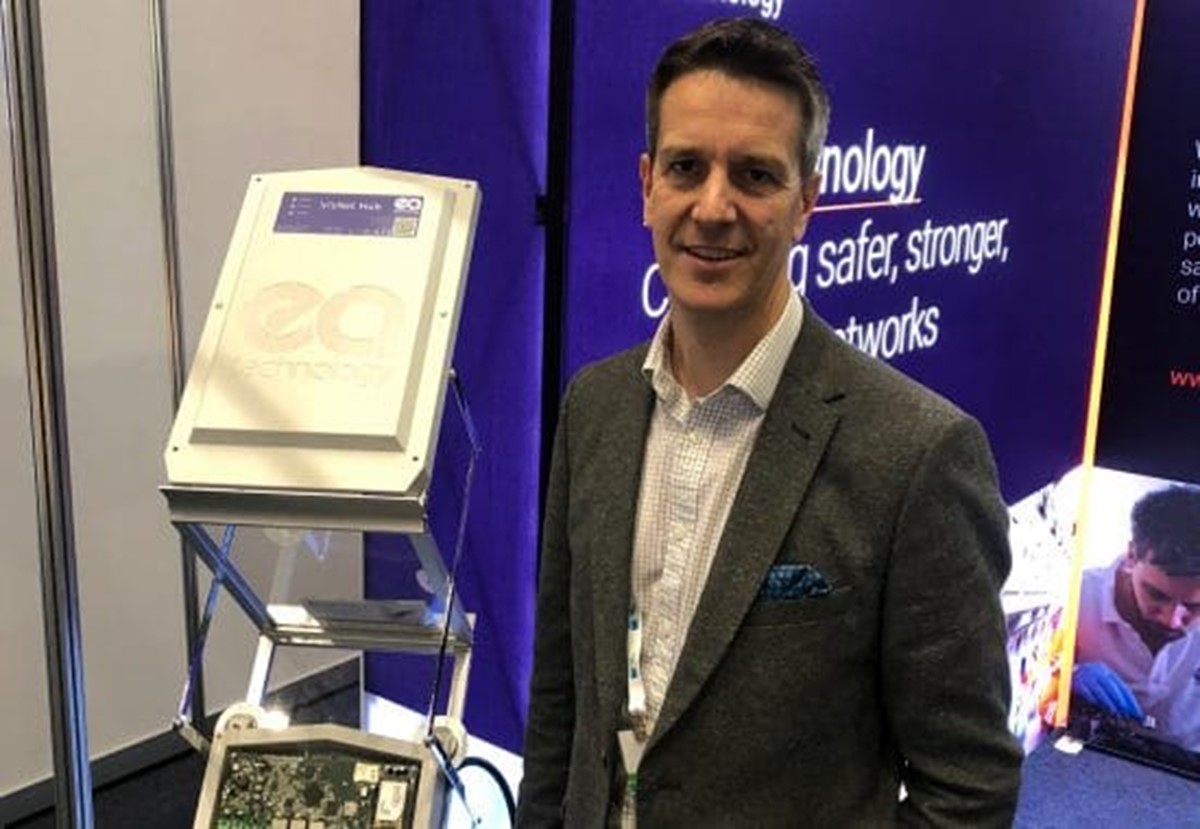Low voltage insights with Dave A. Roberts
-
12 June 2019
-
EA Technology

EA Technology’s Dave A. Roberts is currently on a market research tour of Australia as part of his role to create new services around low voltage monitoring for electrical distributors. We sat down with him in Brisbane to hear his views on a changing industry.
Dave, why did you select Australia for your market research into low voltage monitoring?
We recognised firstly that international research was required so that we don’t create a solution that’s specific to a single geography. The Australian market is advanced in terms of decentralisation, with the highest uptake globally of solar PV which is putting pressure on the grid. We are looking to trial new low voltage monitoring services in both the UK and Australia to complement our real-time LV monitoring devices and common application platform, which we liken to the substation equivalent of Android.
What do you see as the biggest challenges facing Australian distributors?
Definitely managing solar PV and the resulting spikes in voltage at different points on the network. Having said that, I think the Australian market has done a good job of encouraging innovation, including at the citizen level with solar batteries and storage systems. In the UK, the focus is very much on electric vehicles. We have a target to phase out the sale of non-electrical cars by 2040 and with China and India having even more aggressive targets, we anticipate a wave of change, led by citizens switching to EVs, that will require major infrastructure adjustments.
Tell us about the OpenLV project and its impact
The OpenLV project is a collaboration between EA Technology and the UK’s Western Power Distribution. The project uses our low voltage common application platform to control the electricity network and manage capacity. It also makes electricity network data available to the community, to explore how it can be used effectively. One use case is informing the best times for green energy from a wind farm to be best consumed by community groups. The final aim is to allow third parties to develop applications on our open platform. We have 24 partners, including academic groups, product manufacturers and IBM, which ran a global competition to encourage app ideas. The project is a great precursor to where we see the industry heading. For example, we expect that distributors using our platform will request access for their own partners and providers. In Australia a likely candidate would be providers of in-home battery systems.
You’ve seen how distributors around the world innovate to adapt to a disrupted industry. What are the success factors for doing this effectively?
Companies with lots of R&D can sometimes be the slowest to adopt innovation. The industry’s fast followers are able to leapfrog the hurdles and start deploying different solutions to see what will work in a practical application. But technology is the easy part: it takes strong leadership and a focus on people to manage change successfully. It’s a matter of crystallising what the issues are, searching for the right solutions, and driving the implementation in a holistic way that incorporates people, communication and culture. One of the advantages of working with EA Technology is that we can help distributors to become a fast follower and overcome the typical barriers to change.
Finally, what are your impressions of Australia?
I love it. The people are very friendly and interested to exchange ideas on our changing industry. The scale is something you can’t imagine before you experience it – so much distance between cities!
